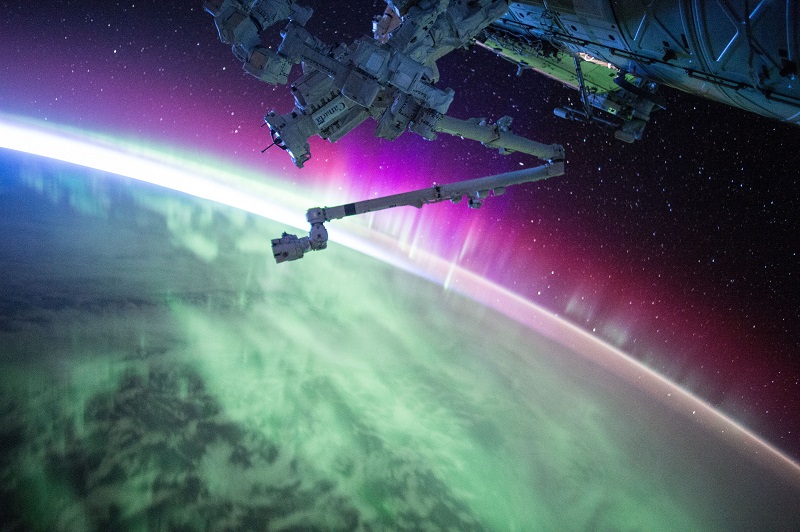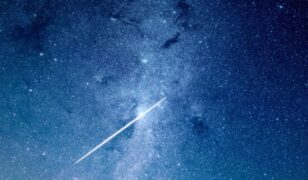Physicists at the Johns Hopkins Applied Physics Laboratory (APL) are joining researchers across the country to develop a cutting-edge computer model that will transform scientists’ understanding of geomagnetic storms and ability to forecast harmful space weather. These storms, triggered by massive eruptions at the Sun that wreak havoc on Earth’s magnetic field, can stir up space weather that cuts off satellite communications and causes blackouts on the ground.
The project is part of NASA’s Diversity, Realize, Integrate, Venture, Educate (DRIVE) Science Centers initiative, which aims to encourage collaborative science by establishing multi-institutional centers that can address major research challenges in space and solar physics, APL announced April 8.
In March, NASA announced that nine competitively selected centers will receive two years of funding for further concept development, after which only one or two of the centers will move on to the second phase and receive an additional five years of funding. Among the nine is a proposed Center for Geospace Storms (CGS), headquartered at APL.
“This is a fantastic achievement that clearly reflects the ingenious and cutting-edge capabilities each team member has already brought to the field and will certainly bring to this project,” said Jason Kalirai, APL’s Civil Space mission area executive. “It’s an honor to have APL central to this ambitious project. I am thrilled and have no doubts they will achieve their goals and transform the fields of space and solar physics.”
If selected for the second phase, the team will spend the next seven years leveraging its combined expertise in space science, atmospheric science, modeling and data analysis to build a computer model that can simulate and predict the effects of solar storms on geospace with unprecedented accuracy.
Geospace is the roughly one million miles of space and atmosphere around Earth, including the magnetosphere, ionosphere, upper atmosphere and — unique to this project — lower atmosphere. In the last decade, researchers have understood that all of these parts contribute to space weather. Disturbances caused by geomagnetic storms, for example, percolate down into the ionosphere and upper atmosphere. But forces from the lower atmosphere can migrate upward to, in a way, prep the upper atmosphere and ionosphere for such disturbances. Thus, these storms may more precisely be termed “geospace storms.”
“It’s really a system of systems,” said Slava Merkin, a space physicist at APL and the center’s principal investigator. “It requires a view of every part.”
Source: APL








